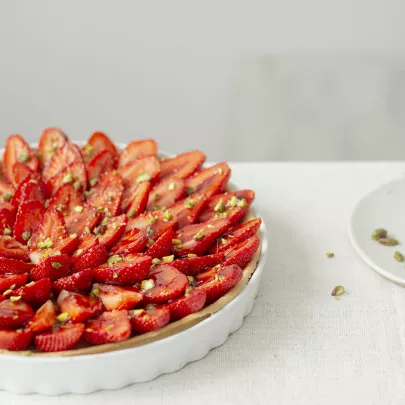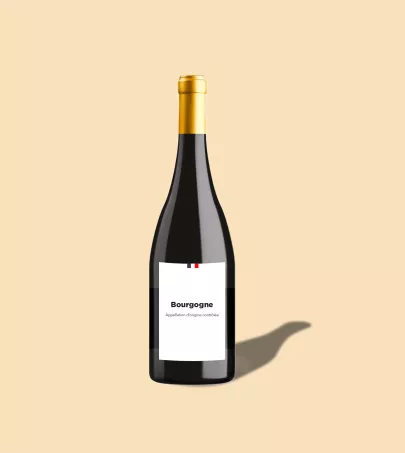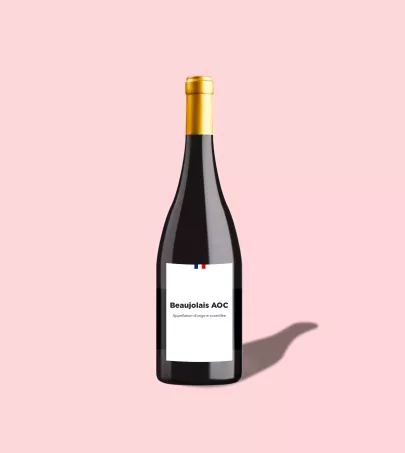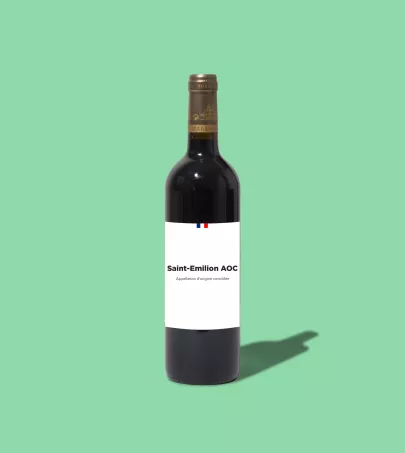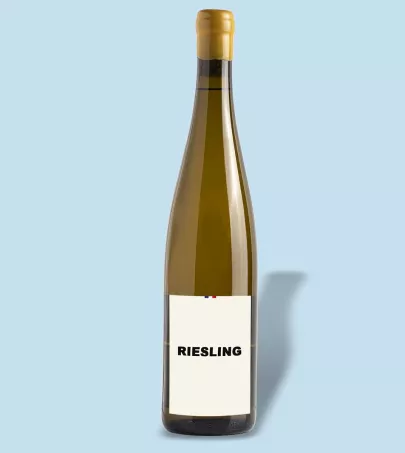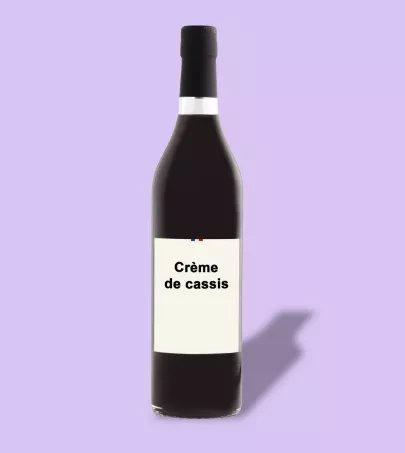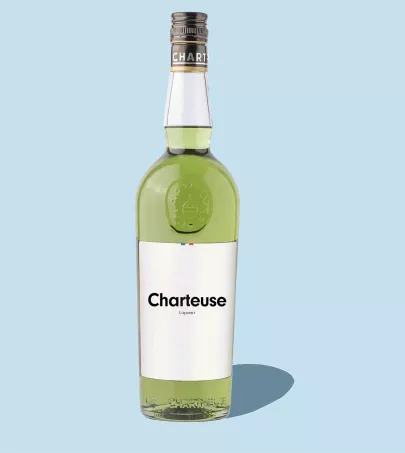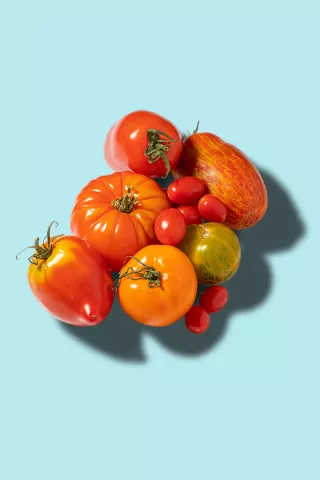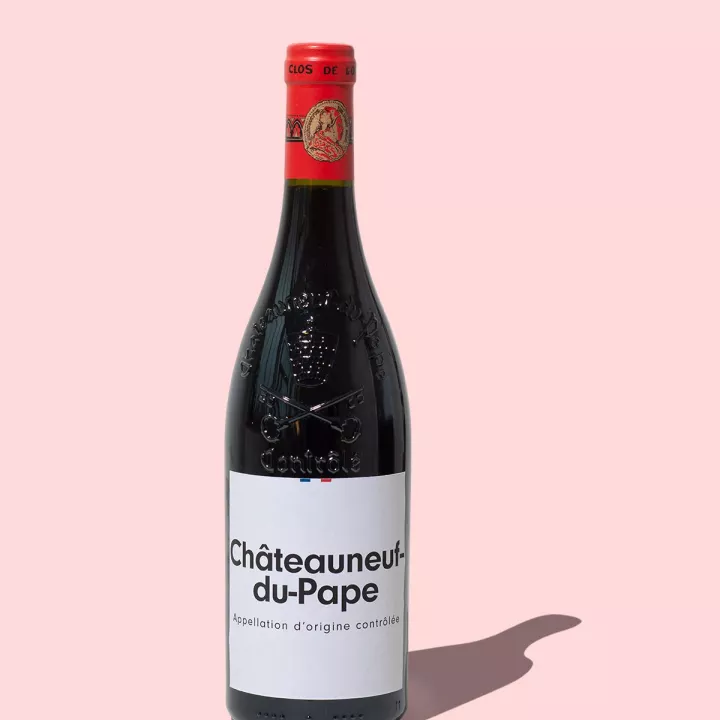
Châteauneuf-du-Pape PDO
Provence-Alpes-Côte d'Azur
Châteauneuf-du-Pape PDO is a French wine known all over the world. Its meticulous winegrowers, who produce high quality red and white wines, were pioneers in managing and protecting their famous appellation.
What you need to know
A bottle of Châteauneuf-du-Pape is instantly recognizable by the papal coat of arms embossed on the glass bottle. Although grapes have been grown in the region since the Gallo-Roman times, it was the popes who elevated the status of its wines. The real production of wine began during the reign of Jean XXII, who brought vines with him to Avignon from Cahors. He commissioned the construction of a fortress in Châteauneuf-du-Pape, which became the pope's summer residence. He declared the locally produced beverage the "Pope's Wine", and this is what was then served at the prestigious table at the Palais des Papes (Popes' Palace). It acquired an international reputation. The wine's growth slowed in the wake of the religious wars but recovered again in the 18th century.
Wine from Châteauneuf-du-Pape was sent all over France, as well as to Germany and Spain. It was even served at the table of Louis XVI. The first wines were bottled in 1776, which marked a real revolution. A few years later, the wine began its conquest of America. Phylloxera devastated the vines in their prime in 1860. However, the winegrowers mounted a response, led by Baron Le Roy, planting new grape varieties and joining forces to guarantee the quality of the wine produced. The first wine making syndicate was established in 1897. In 1923, it became the Syndicat des propriétaires viticulteurs de Châteauneuf-du-Pape, setting stringent production rules to protect the appellation. These provided the model for the establishment of controlled appellations by the INAO (French National Institute of Quality and Origin), of which Baron Le Roy was president. In 1936, Châteauneuf-du-Pape became the first wine AOC.
The terroir of Châteauneuf-du-Pape, located in the southern part of Côtes-du-Rhône, consists of very diverse soils: gravelly and sandy soils as well as rounded pebbles which are characteristic of the area, with underlying red clays. These pebbles absorb the heat during the day and return it to the vines during the night, which helps them ripen substantially. The climate is Mediterranean, hot and dry, which helps the grapes ripen. Meanwhile, the mistral wind protects them from disease. The appellation has thirteen authorized grape varieties, used to make unique wines. Grenache is the main grape since it is so well suited to the terroir, followed by Syrah and Mourvèdre. 93% of the wines produced are red and 7% are white.
Characteristics
Smell
Look
Taste
Editor's note
How to use
Storage Châteauneuf-du-Pape AOC
Red: 5 to 20 years
White: 1 to 10 years
Preparing and serving Châteauneuf-du-Pape AOC
Reds : 16 °C to 18 °C
Whites:9 °C to 10 °C
To serve in large wine glasses
Pair with
Game, casserole, grilled meats, mushrooms for the reds
Crab and lobster, grilled fish, white meats for the whites

